Today, conducting some type of VOC activity is standard practice for many companies as part of their product development process. Often, though, companies struggle with how to ensure that their VOC effort guides development effectively. Whether collecting ‘ethnographic’ research, conducting a huge market survey, or performing an in-depth evaluation of competitive products, companies still fail far too often in using that information to provide solutions that resonate with consumers or perform successfully on the market. Why does this happen? Two factors exist that contribute to this issue:
1. Many VOC techniques have their origin in ensuring that nothing can go wrong with a given process; many of these, however, fall short in ensuring that companies are pursuing the “right” course when developing new solutions
2. Many VOC techniques do not provide a full understanding of the complexity faced by their users
VOC is, traditionally, an approach that “listens to the customer” through face-to-face interviews, surveys, complaint cards, and sales reports from the field. At some level, nearly everyone in development has been a part of VOC programs, whether they are a series of engagements with many different users or, more simply, a phone call to a customer. This approach often assumes that through these means the company will understand all the problems and needs people have.
Relying exclusively on documenting “the voice” of customers assigns more responsibility for innovation to them than is warranted. “Voice” places too much of an emphasis on people who a) are not designers and b) do not know about technology that is or will be available; these factors make it difficult for customers to imagine much more beyond that which is immediately troubling them. Even when customer input is used appropriately, there is still a great deal of complexity regarding their relationship with their environment, goals, regulations, culture, financial, technological and social factors that must be understood. When product design efforts focus on the “voice” and not the complexity of the entire person’s environment, they usually come up short.
Instead, traditional VOC should be embedded within a more broadly reaching research effort to best understand the complexities faced by users and customers. This scope of this research should be the conscious act of looking well beyond the customer and beyond what they can say or report; the customer and their voice is just one part of the bigger picture that the design team needs to understand. It also means involving a broader range of disciplines in investigating complexity, meaning that development engineers and designers should be included in the effort.
So…what does “research to understand complexity” mean?
- Broadly defining customer stakeholders who can come in contact with your product/service and who are affected by how well it works, both directly and indirectly
- Understanding the variances that exist within your target customer segments, based on drivers like experience level, educational background, level of training, and demographic/cultural influences
- Consideration of how end users may be different from purchase decision makers, especially in medical and commercial environments
- Understanding the environments that your products and services need to function in, including other technologies and equipment that are utilized in conjunction with your offerings
- Consideration for how products/services are delivered to your customers, and what is at stake for those responsible for it
- Understanding the technologies that are readily available or are rapidly emerging, beyond what most customers can articulate
- Consideration of regulatory policy and other external influencers outside the control of the development team
In order to account for the factors listed above, VOC activities need to be paired with research methodologies that provide an understanding of the complex workflows and environments that products and services need to function within. Insight has a great deal of expertise in achieving this by engaging a broad set of stakeholders in their environments, understanding workflow goals in addition to device-specific goals, and better accounting for variations in use created by varying user skill sets, cultural influences, technology adoption, and regulatory and economic drivers. We then take all of the information collected through these methods and carefully analyze the data, using a variety of analytical approaches as a part of this effort including verbatim analyses, task flow mapping, opportunity identification, and interrelationship diagramming. The ultimate goal is to ensure that our research activities ultimately lead to actionable opportunity areas for innovation and requirements for product development that are fully rationalized against a true understanding of your customers.

